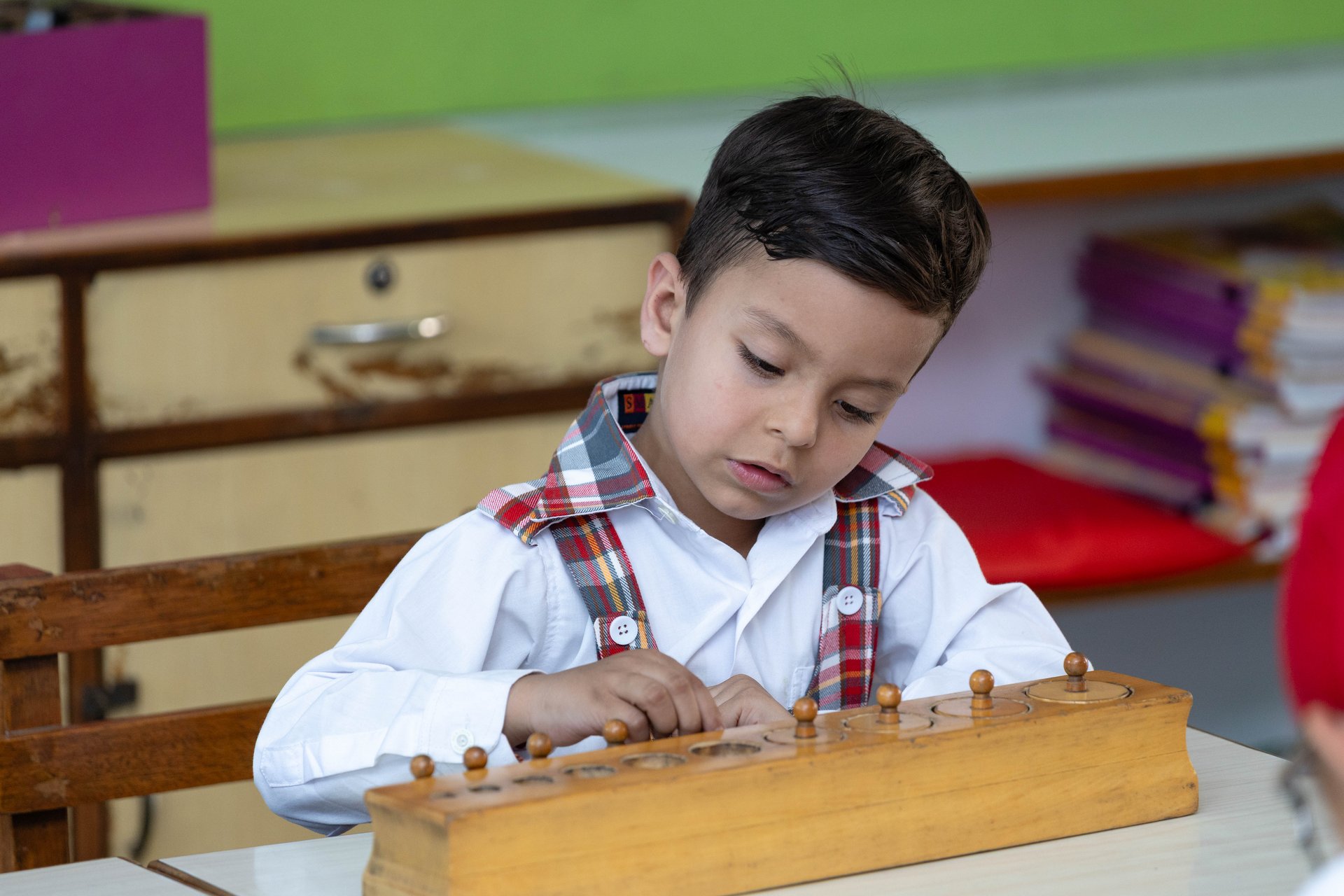Selecting a correct primary school for your child is likely the most significant choice you will ever make as a parent.
The foundation established in these early years determines not only school success but also social skills, self-esteem, and learning habits for life.
If you are looking for the best primary school in Patiala or any other city, knowing what it takes to make a school truly outstanding will assist you in making the correct choice.
Academic Achievement and Curriculum
A sound academic program is the backbone of any good primary school. Seek schools that have a well-planned curriculum according to national or international standards.
Good schools have a balance between core subjects such as mathematics, science, and language arts and artistic subjects such as art, music, and physical education.
Successful schools also employ multiple learning methods to respond to different learning styles.
Some children are helped more with pictures and visual cues, while others are helped more with hands-on activities or verbal directions.
Schools that recognize and respond to such differences tend to achieve more successful learning.
Trained and Dedicated Teachers
Teachers constitute the backbone of any school. When assessing schools, ask whether teacher training, experience, and continuous professional development courses are in place.
The best primary school in Patiala or wherever it is will have teachers who are not only well-qualified in their studies but also committed to teaching young children.
Notice how instructors engage with students on your visit. Do they display patience, passion, and a true concern? Can they enforce class discipline without compromising a warm, caring environment? These are the qualities to instill a love for learning in young minds.
Class Size and Student-Teacher Ratio
Smaller class sizes enable individualized attention, which is especially useful in the early years. Ideally, seek schools with class sizes of 20-25 students or fewer.
A reduced student-to-teacher ratio allows teachers to see each child's strengths and weaknesses more easily, and provide individualized support where appropriate.
Infrastructure and Learning Environment
The physical surroundings do affect learning. There must be relatively well-maintained schools with lighting, air, and furniture suitable for that age bracket.
The school must have libraries, computer labs, science labs, and separate rooms for painting and music activities.
Safety features are not discretionary. Ensure safe fences, CCTV cameras, fire safety measures, and hygienic, clean washroom facilities. Outdoor spaces and playgrounds are just as essential for physical growth and play activities.
Holistic Development Strategy
Learning is so much more than the textbooks. The best schools prioritize building the complete child, emotional intelligence, social skills, creativity, and critical thinking skills.
Seek out schools that have extracurricular courses like sports, drama, debate, and community service projects.
Value education courses that teach children honesty, respect, and compassion are priceless. They mold children into good citizens and also decide their overall personality.
Technology Integration
In today's digital age, it is essential to know technology. Innovative schools integrate technology suitable for the age group of the students into their pedagogy while maintaining a balance.
These can include interactive whiteboards, educational applications, or computer skills training.
But watch out for schools that use screens too much with young children. The early years are a time for hands-on activity, social interaction, and developing basic skills.
Communication and Parent Involvement
Effective home-school relationships promote student success. Seek schools that have high degrees of interaction with parents in the form of newsletters, parent-teacher conferences, and online forums. The administration should be accessible and responsive to issues.
Most of the great schools promote involvement by active volunteer work, school-sponsored activities, and decision-making committees.
Such collaboration fosters an atmosphere of support for the education of all children.
Assessment and Feedback Strategies
It is important to understand how schools measure student progress. The finest schools employ several types of assessments other than the conventional tests, such as project-based assessments, portfolios, and observational evaluations.
Constructive feedback on a regular basis enables children to grasp their improvement and shortcomings.
Avoid schools that exert too much stress by over-testing or over-competitive interactions among preschoolers. Learning and development. should be the core emphasis, not ranking.
School Values and Culture
All schools have their culture and values. Go there during school hours so that you can feel the overall mood. Are the students energetic and friendly? Do they welcome teachers and fellow students? Is there a community feeling?
The values and mission statement of the school should also reflect your family's educational concepts and aspirations.
Making Your Final Choice
When looking for the best primary school in Patiala, compile a list of these criteria.
Visit several schools, ask very specific questions, and go by your gut feeling on which environment would be best for your child's learning style and personality.
Keep in mind that the most costly or most coveted school is not necessarily the best for each child. Think about the individual needs, interests, and learning style of your child when making this crucial choice.
A school that fosters your child's particular talent while also giving them solid foundation skills will prepare them for a lifetime of success.
The appropriate first school is thus a second home where your child grows not just academically, but as a confident, inquisitive, and compassionate person well-prepared to meet the challenges of the days to come.


